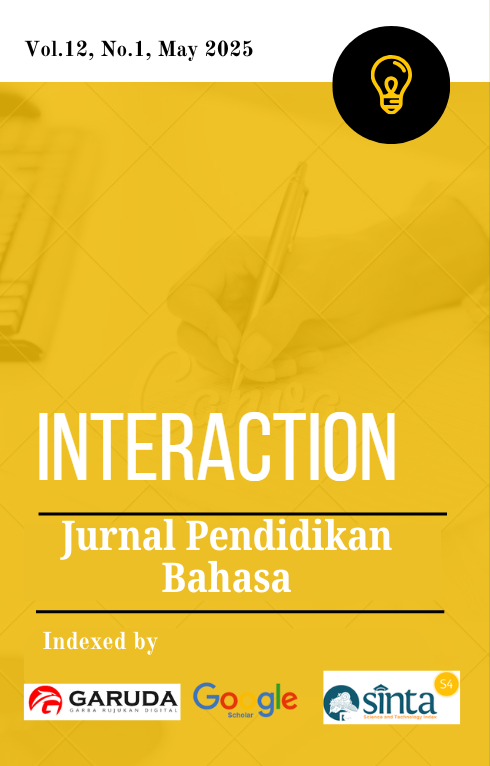Applying Brown and Levinson’s Politeness Theory in Cross-Cultural Contexts: A Study of Indonesian and American Speech Acts
Published 2025-05-10
Keywords
- Politeness Theory,
- Speech Act,
- Indonesian,
- American
How to Cite
Abstract
This study aims to analyze the politeness strategies employed by Indonesian and American speakers in daily communication and to explain how cultural backgrounds influence their linguistic choices. Using Brown and Levinson’s politeness theory as the theoretical framework, data were collected from transcripts of American reality TV shows and from natural conversations among Indonesian speakers observed in everyday settings. The analysis reveals that both cultures utilize the four main politeness strategies: bald on record, positive politeness, negative politeness, and off-record with different approaches. American speakers tend to use low-context communication, delivering messages directly without identity markers. In contrast, Indonesian speakers employ high-context language, rich in implicit meaning, and consistently use identity markers to show respect toward elders or social hierarchy. These differences reflect underlying cultural values which individualism in American culture and collectivism in Indonesian society. This research contributes to the field of intercultural pragmatics and emphasizes the importance of cultural context in interpreting politeness strategies.

